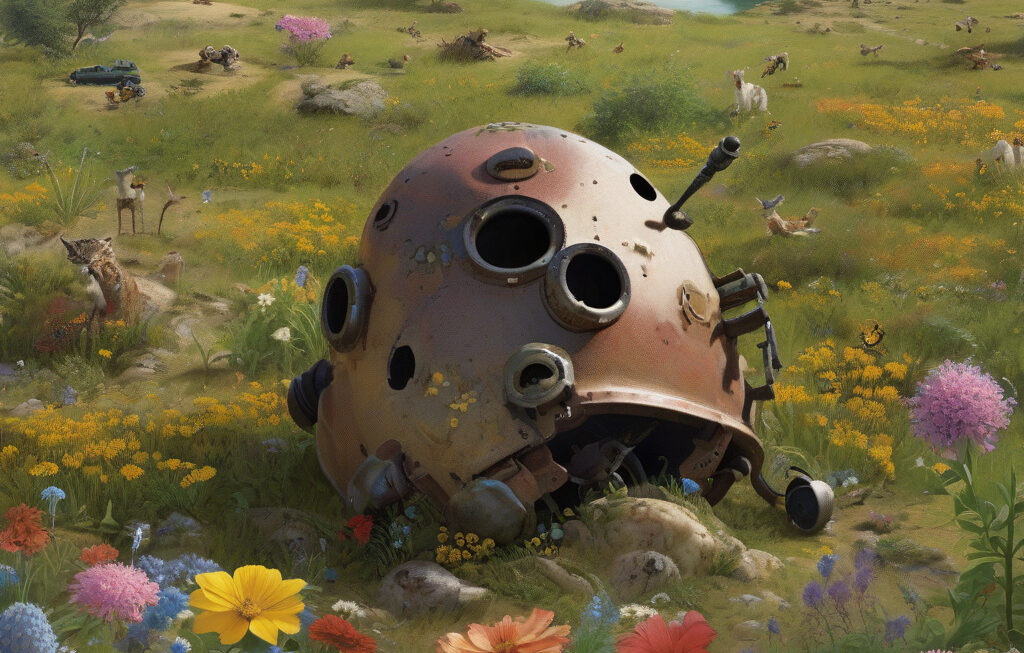The Atlas Blue Butterfly: Unveiling the Genetic Marvel of 229 Chromosomes
Scientists have sequenced the genome of the Atlas blue butterfly for the first time and uncovered a mind-boggling genetic revelation – this mesmerizing creature boasts a whopping 229 chromosomes, the most of any known multicellular animal. This groundbreaking discovery sheds light on the intricate genetic makeup of this species and opens up a treasure trove of possibilities for further research and exploration.
The Atlas blue butterfly, scientifically known as Polyommatus bellargus, is a species of butterfly found in Europe and parts of North Africa. With its striking blue wings and delicate beauty, this butterfly has long captivated the hearts of researchers and nature enthusiasts alike. However, it wasn’t until now that the true genetic complexity of this species was fully realized.
Chromosomes are the thread-like structures found in the nucleus of cells that carry genetic information in the form of genes. The number of chromosomes varies widely among different species, with humans, for example, having 46 chromosomes. The discovery of the Atlas blue butterfly’s 229 chromosomes has shattered previous records and challenged our understanding of genetic diversity in the animal kingdom.
To put this into perspective, the Atlas blue butterfly’s 229 chromosomes far surpass the number found in other well-studied organisms. For instance, the domestic cat has 38 chromosomes, the fruit fly has 8 chromosomes, and the humble garden pea has 14 chromosomes. The sheer complexity of the Atlas blue butterfly’s genetic code is a testament to the marvels of evolution and adaptation in the natural world.
But what does having 229 chromosomes mean for the Atlas blue butterfly? The abundance of chromosomes in this species could potentially provide a greater reservoir of genetic variation, allowing it to adapt to a wide range of environmental conditions and challenges. This genetic diversity may confer a survival advantage, making the Atlas blue butterfly a resilient and adaptable species in the face of changing ecosystems.
Furthermore, the sequencing of the Atlas blue butterfly’s genome opens up new avenues for research in fields such as genetics, evolution, and conservation. By studying the unique genetic features of this species, scientists can gain valuable insights into the mechanisms of speciation, adaptation, and biodiversity. This knowledge is crucial for developing effective conservation strategies to protect vulnerable species and preserve global biodiversity.
In conclusion, the revelation of the Atlas blue butterfly’s 229 chromosomes represents a major milestone in genetic research and biodiversity conservation. This tiny yet extraordinary creature has once again demonstrated the wonders of the natural world and the endless possibilities that lie within the realm of genetics. As we continue to unravel the mysteries of the Atlas blue butterfly and other fascinating species, we are reminded of the beauty and complexity of life on Earth.
Atlas blue butterfly, chromosomes, genetic diversity, biodiversity, conservation.











